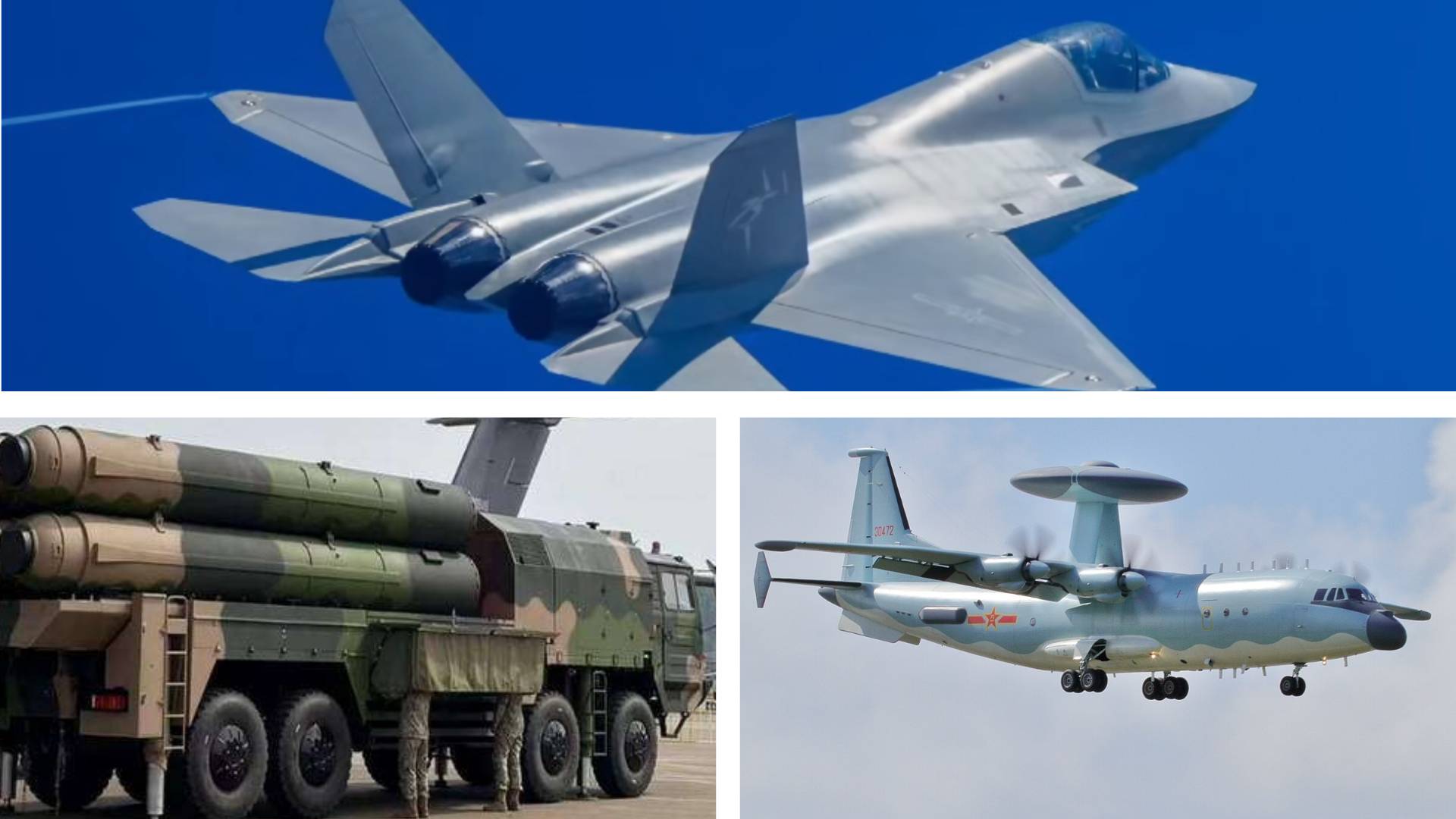3807Views

Defence Uncut | Pakistan Announces Major Weapon Systems Offer from China
On 06 June 2025, the Government of Pakistan had announced that it received a major arms offer from China consisting of the J-35 stealth fighter, HQ-19 theatre air defence system, and the KJ-500 airborne early warning and control (AEW&C) system.
The announcement was posted on the social media platform X, but was deleted on 11 June, indicating that it may have been an unintended revelation.
In any case, the announcement, for the most part, was not surprising.
Pakistan expressed its interest and plans to induct the J-35 as far back as 2024, and an accompanying KJ-500 AEW&C acquisition could make sense.
It would allow the PAF to leverage concepts like Cooperative Engagement Capability (CEC) out of the box rather than delay its adoption by solely waiting for an original integration solution.
Arguably, the most surprising piece of the announcement was the inclusion of the HQ-19 – i.e., China’s theater air defence system.
The timing of the announcement, a month after a conflict with India, is noteworthy.
Host Bilal Khan suggests that the HQ-19 could indicate a change in Pakistan’s defense posture or “a shift in doctrine, one that foresees fighting an escalatory conflict with India rather than to seek a diplomatic off-ramp or de-escalation”.
The HQ-19 – China’s analogous counterpart to the American THAAD system – is an anti-ballistic missile (ABM) system designed to intercept 3,000 km-ranged BMs.
However, Aseem ul-Islam notes that a system like the HQ-19 is intended for late-stage, high-stakes conflict scenarios, “very close to the nuclear threshold”.
This aligns with recent official statements suggesting Pakistan would escalate in a future conflict to compel international intervention.
A Major Export Deal for the JF-17
The firmest news is a confirmed $4.6 billion sale of 40 JF-17 Thunder fighter jets to Azerbaijan.
This is Pakistan’s largest defence export deal to date. Arslan Khan views the deal as a “lifesaver” for the JF-17 production line.
He argues that interest in the aircraft has been decreasing within the PAF and from its Chinese development partner, AVIC, especially with the introduction of newer aircraft like the J-10C and the prospect of the J-35.
“Azerbaijan is effectively single-handedly keeping the production line open,” Arslan says. This deal provides time to decide the future of the JF-17, possibly through upgrades for older models.
The high cost of the deal suggests it includes extensive work to integrate non-Chinese systems, like Turkish-made missiles.
This could create a new role for the JF-17 as a customizable strike platform, shifting from its original purpose of a multirole fighter to a flexible carrier for standoff weapons.
The Goals Behind the J-35 Stealth Fighter
The potential acquisition of the J-35 stealth fighter is another significant topic.
The podcast team explains this is likely part of the PAF’s long-term strategy to replace older F-16s and build a new offensive strike capability.
The J-35 would be at the center of a “strike formation,” supported by unmanned combat aerial vehicles (UCAVs), decoy drones, and loitering munitions.
This allows for a more scalable force, relying on 40 crewed stealth fighters alongside larger numbers of unmanned support aircraft and systems.
Aseem ul-Islam notes that introducing the J-35 to the region would pressure India to advance its fifth-generation fighter (FGFA) programs.
He also suggests this move indicates that Pakistan has “clearly chosen China” as its primary defence partner for advanced systems, but that does not necessarily preclude other countries, including Turkiye, from engaging further down the line.
Listen to the Full Discussion
You can listen to the complete episode of Defence Uncut (and subscribe to future episodes) below or through your preferred podcast platform.
If you would like to read more about what was discussed in this episode, check out the links below:
- Pakistan Looks at Procuring HQ-19, J-35, and KJ-500 from China
- 2025 Conflict Forces a Shift in Pakistan’s Doctrine
- China Being a Cutting-Edge Arms Supplier is Not Surprising
- How Pakistan Helped Build Pakistan’s Air Power
If you have any questions, comments, or news topic suggestions you would like to hear us discuss, then send us an email at podcast@quwa.org.


